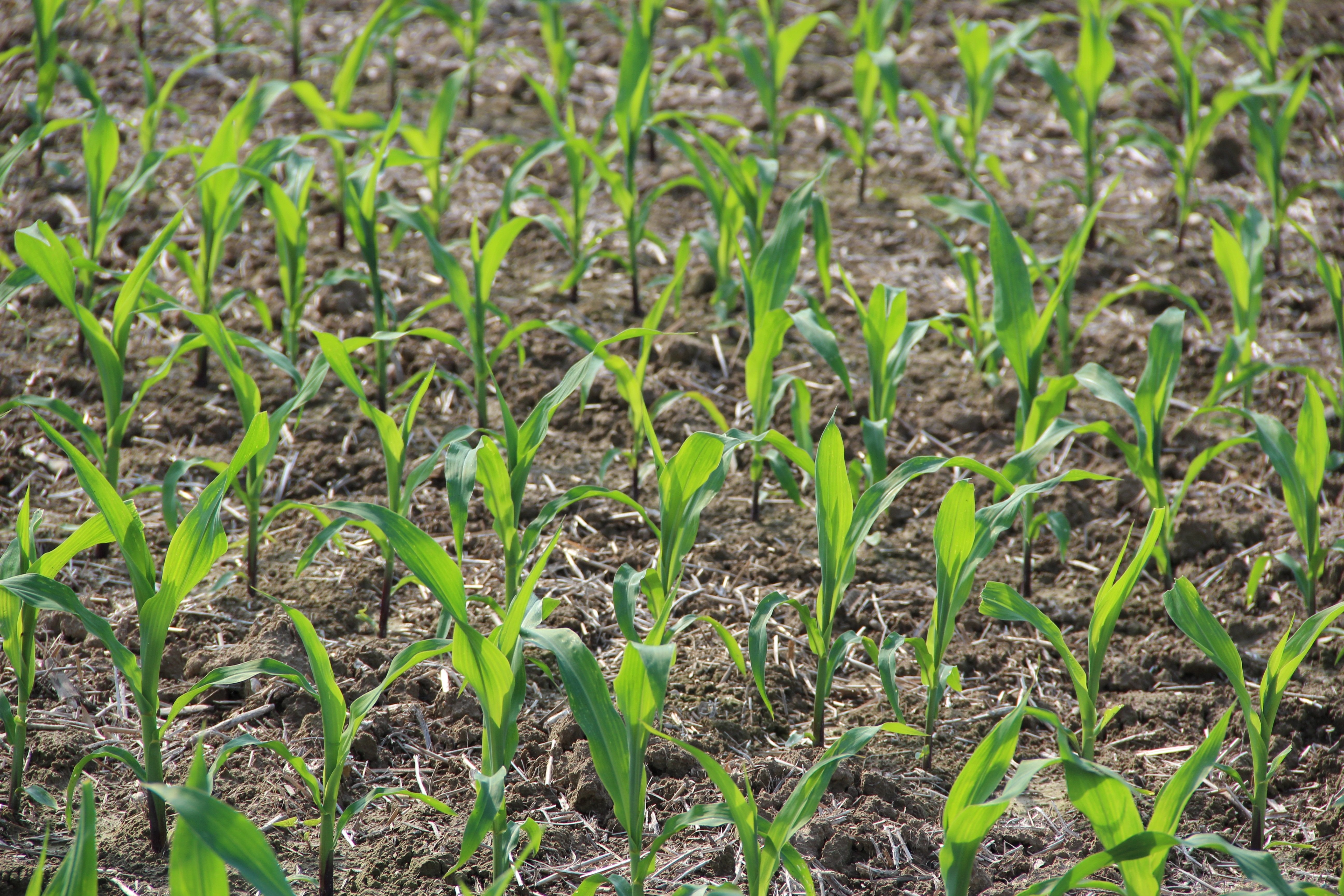
The Dust Bowl and the Irish potato blight can both be linked to one farming practice: monoculture, the growing of a single crop on the same piece of land year after year.
Crop rotation is a systematic approach to deciding where and when to plant what on your land. It can prevent the spread of blights and pests, as well as replenish the soil. It’s based on the understanding of certain natural cycles.
The general rule of thumb is to avoid planting the same type of crop successively in the same plot. Heavy feeders like corn and tomatoes quickly deplete the nitrogen and phosphorus in the soil. Peas and other legumes add nitrogen but need a lot of phosphorus too (you can add bonemeal to supplement the phosphorus).
The 3-Year Rotation
When planning your fall garden consider where your crops have been located in the past. The 3 year cycle of crops recommended by Rodale’s Encyclopedia is:
1. Nitrogen fixers: peas, legumes
2. Heavy feeders: corn, potatoes, cruciferous veggies (Brassicas), nightshades (tomatoes, peppers, eggplant)
3. Root veggies: beets, onions, turnips, sweet potatoes, carrots
Incorporate Cover Crops In Your Rotation
Cover crops can be used as part of the rotation. They are helpful when your rotation options are limited by the size or layout of your plot. Some suggested winter cover crops for North Carolina are listed here. If you grow your tomatoes in one spot repeatedly, that soil needs support. Use the winter season to feed it. A cover crop will protect the soil from erosion with its roots, suffocate weeds, and eventually become a rich food for your tomato plants to feast on. But cut or pull it before it gets too big or goes to seed it or will become a problem instead of a solution (speaking from experience).
Pathogens and pests that are specific to certain crops will build up in soil. Soil borne problems should be identified if possible before planning your crop rotation because some over-wintering pests cross types. For example Colorado potato beetles also love to eat nightshade foliage (tomatoes, eggplants, peppers).
Crop rotation can improve soil structure and fertility. Combined with feeding the soil with compost, cover crops and organic amendments, crop rotation will result in healthier gardens and higher yields.
Places to learn more about crop rotation:
Mother Earth News article
John Jeavons’ classic book How To Grow More Vegetables
Some of this info was gathered from Rodale’s Encyclopedia of Organic Gardening.
| |
Article Written by: Angie Lavezzo |
|
About the Author: Angie Lavezzo is the former general manager of Sow True Seed. Beyond her professional role at Sow True, Angie's passion for gardening extends into personal hands-on experience, fostering plants and reaping bountiful harvests. |


